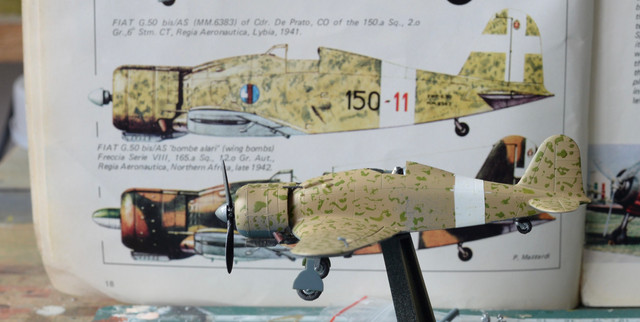HOME | DD
 MilArtGuy — Counterattack
MilArtGuy — Counterattack

Published: 2023-10-25 11:14:31 +0000 UTC; Views: 1478; Favourites: 20; Downloads: 5
Redirect to original
Description
French armor of the 4th Cuirassier Regiment (4e Régiment de Cuirassiers), 1st Light Mechanized Division (1re Division Légère Mécanique or 1re DLM) organize to counterattack against advancing Germans, May 1940, Northeast France.
The Hotchkiss H35 was a French light tank developed in the 1930s and used during World War II. It was part of a series of French tanks known as the "Char léger modèle 1935 H," with the H35 being one of its variants. This tank was designed to be a light infantry support vehicle and reconnaissance tank.
Key features of the Hotchkiss H35 tank included:
1. Armament: The H35 was armed with a 37mm SA 18 L/21 gun, which was adequate for engaging infantry and light armored vehicles. It also had a coaxial machine gun for anti-infantry purposes.
2. Armor: The tank had relatively thick armor for a light tank of its time, with 40mm at the front and 20mm on the sides. This gave it some protection against small arms fire and shrapnel.
3. Crew: The tank typically had a crew of two or three members, depending on the specific model and the tactical situation.
4. Mobility: The Hotchkiss H35 was powered by a 4-cylinder gasoline engine, providing a top speed of around 20-26 km/h (12-16 mph). It had a fully-tracked suspension system that offered good off-road capability.
5. Production: The H35 tanks were produced by the Hotchkiss company, as well as other manufacturers in France. It was one of the most numerous tanks in the French Army during the early stages of World War II.
Approximately 1,200 to 1,500 Hotchkiss H35 tanks were produced between 1936 and 1940. These tanks were manufactured by several French companies, including Hotchkiss et Cie, as well as other subcontractors.
The 4th Cuirassier Regiment (4e Régiment de Cuirassiers) was a French cavalry regiment that existed during World War II, specifically during the Battle of France in 1940. The cuirassiers were traditionally heavy cavalry units, but by 1940, they had been reorganized and mechanized to some extent due to the evolving nature of modern warfare.
The 4th Cuirassier Regiment was part of the French cavalry and belonged to the 1st Light Mechanized Division (1re Division Légère Mécanique or 1re DLM). As a part of a mechanized division, the regiment had some motorized and armored elements, although it still retained some traditional cavalry aspects. By 1940, the role of cuirassier regiments had evolved from traditional cavalry charges to more reconnaissance and infantry support tasks. The 4th Cuirassiers, like other units of the 1st DLM, were expected to engage in reconnaissance missions, provide security for the division, and support infantry operations. During the Battle of France in 1940, the 4th Cuirassier Regiment, as part of the 1st DLM, was actively involved in the early stages of the campaign. It participated in engagements against German forces, especially in the Ardennes region, where they encountered the rapidly advancing German Panzer divisions.
The French 1st Light Mechanized Division (1re Division Légère Mécanique or 1re DLM) in 1940 consisted of several subordinate units, including various regiments and support elements. The organization of the division was typical of the French mechanized forces of the time. Below are some of the key units and components that made up the 1st DLM:
These units worked in coordination to fulfill the division's roles, which primarily involved reconnaissance, security, and supporting infantry operations.
The fighting between the French 1st Light Mechanized Division (1re Division Légère Mécanique or 1re DLM) and the German Panzer units during the Battle of France in 1940 was part of the larger conflict in which the French military attempted to resist the German Blitzkrieg tactics.
The 1st DLM was initially deployed in the Ardennes region of northeastern France, which is where it came into contact with the German Panzer divisions. This region featured thick forests and difficult terrain, which posed challenges for both sides. The 1st DLM's primary mission was reconnaissance and delaying actions. It was tasked with gathering information about German movements and engaging the enemy to slow down their advance and buy time for the French high command to deploy additional forces. The division engaged the German Panzer units in a series of skirmishes and battles during May 1940. These engagements included tank battles and infantry clashes as both sides sought to control key points and secure their positions. The 1st DLM, achieved tactical successes in some engagements. They showed that well-trained and determined troops could still hold their own against the German forces.
























